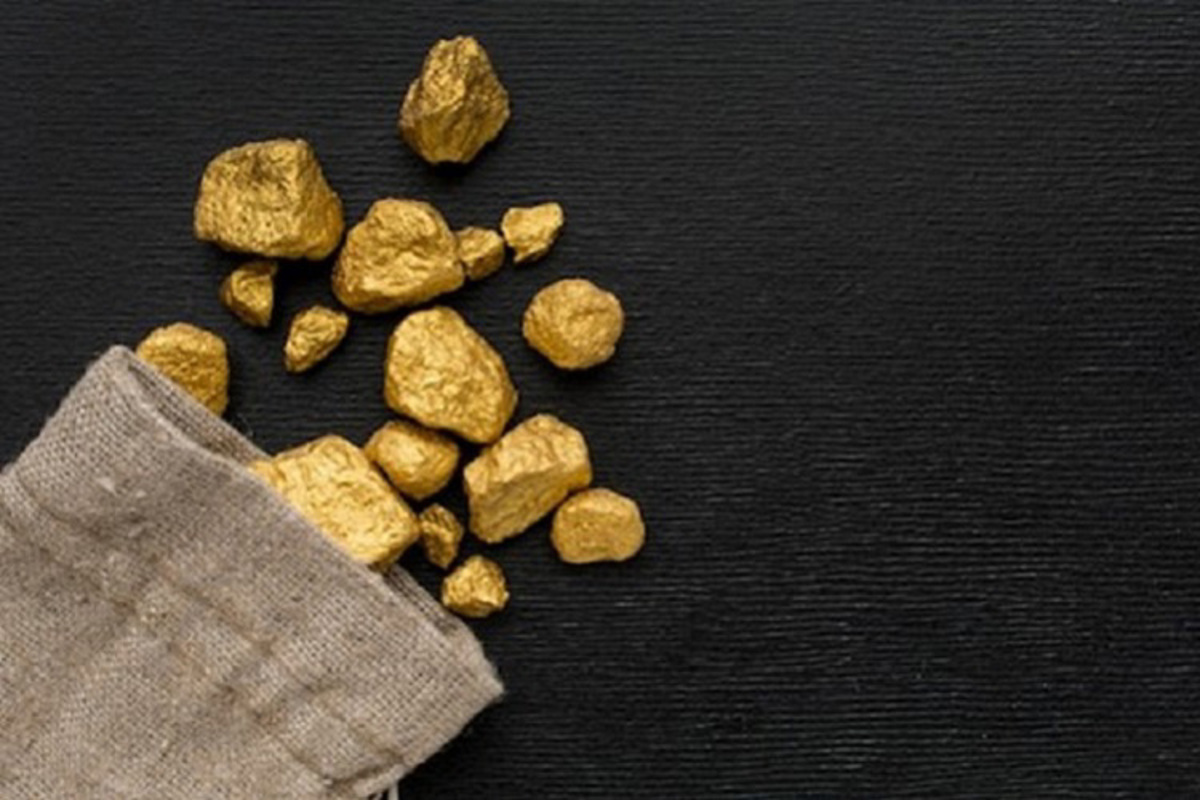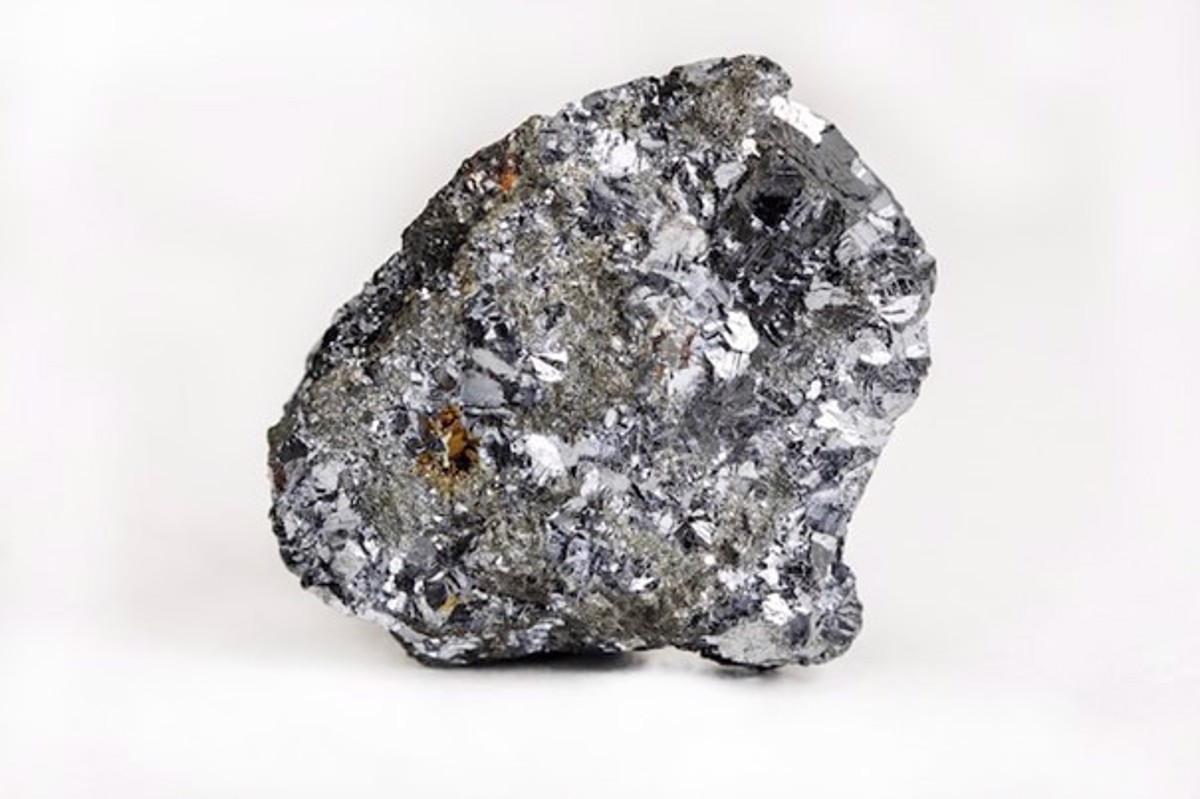Precious metals
Noble metals are a designation for a specific group of metals that are characterized by exceptional resistance to corrosion, minimal reactivity, high electrical and thermal conductivity, and generally have excellent mechanical properties.
Their name may sound pompous, but it well describes how we value them for their properties and thus a wide range of uses in different industries. In this article, we will take a closer look at noble metals - which metals belong to this group and what we use them for.
Which metals are noble?
The distribution of metals is based on the so-called Beketov series of metals. He arranged the metal elements according to the value of their electrode potential, always related to the hydrogen electrode. All the metals in this series lie either to the left (electropositive) or to the right (electronegative) of hydrogen, and some of their properties can be derived from their position. According to the location in the Beketov series of metals, metals are divided into:
Base metals
To the left of hydrogen (they are most often found in the form of compounds, they are more reactive and thus prone to corrosion)
Precious metals
To the right of hydrogen (in nature we can also find them in their pure form, they are minimally reactive and resistant to corrosion).
Among the noble metals we include:
gold, silver, copper and platinum metals (iridium, osmium, palladium, platinum, rhodium, ruthenium).
In this article, we will talk about the most famous of them, their properties and use for various fields.
1. Gold (Au):

We can all name at least one noble metal - gold. Gold has a distinctive yellow color, the specific shade may vary slightly depending on the exact composition. Above all, we also come across white and rose gold in jewelry, but there it is no longer pure gold as such, but an alloy of gold with other metals that influence the resulting color of the material. In the case of white gold, metals such as nickel, silver or palladium are added, in the case of pink gold, copper, or a smaller amount of silver.
The mix of gold's unique properties, such as high density, resistance and conductivity, has made it a sought-after material since ancient times, the use of which is far from limited to jewelry.
Gold is also used in:
- Electronics – high conductivity makes it a great metal for making contacts, connectors and other components. Since gold does not oxidize, it is also an ideal material for making switch contacts in precision electronics such as mobile phones, computers, televisions and other devices.
- Medically - gold is so-called biocompatible - it gets along well with the environment of the human body and usually does not cause an allergic reaction. Therefore, it is used in dentistry as a component of alloys for fillings, dental prostheses or bridges. You will also find it in medical electronics or as a surface treatment for surgical instruments.
- Cosmetics – you can also find gold as an ingredient in some luxury cosmetic products. Most often, it is caring cosmetics (creams, serums, masks) to which either microparticles of gold or so-called colloidal gold, i.e. gold particles dispersed in a liquid, are added. Thanks to its strong antioxidant properties, gold has a beneficial effect on the skin.
- Investments - durability, stability and value recognized worldwide, this is an ideal investment potential. Anyone who has ever been at least slightly interested in investments must have heard about investing in gold.
2. Silver (Ag):

Silver is another very well-known noble metal. It has a characteristic light gray color, which can have different shades depending on the composition and purity. It has a lower density than gold, but like it, it is also very resistant to corrosion and an excellent conductor of current and heat.
Since we devoted a separate article to silver and its use, you will only find a brief overview here. Want to read more about this precious metal? See: Uses of Silver.
Silver is mainly used in:
- Jewellery
- Medicine
- Electrical industry
- Medicine
- The solar industry
- Investments
2. Platinum (Pt):
One of the rarest and most expensive metals in the world. Platinum has a shiny surface and a silvery white color, so at first glance it looks very similar to silver, but it has different properties. Platinum has the highest density of the noble metals (21.4 g/cm3) and its melting point is 1768°C, making it very resistant to high temperatures. It is extremely resistant to corrosion and exhibits excellent chemical stability.
Its high price on the market also depends on this, just like gold or silver, platinum is also an investment commodity. You will also encounter platinum as a material for jewelry, although it is not as widespread as gold or silver. However, platinum jewelry is popular for its hypoallergenic properties, even people who cannot tolerate other precious metals have no problem wearing platinum and it does not irritate their skin.
Platinum is also used in:
- Catalyst production - Although you might not think so, if you have a car with an internal combustion engine, your exhaust gas catalytic converter first contains platinum. It helps to convert harmful substances such as carbon monoxide and thus reduce vehicle emissions.
- Healthcare - platinum is also used in the production of surgical instruments, implants or prostheses, again due to its high resistance, and because the human body tolerates it well, without allergic reactions. You will also encounter it as a part of so-called cytostatics, which are substances whose task is to suppress the proliferation of cancer cells.
- In electronics – it is used for the production of contacts, sensors and components for high-frequency devices.
- In the chemical industry – platinum is a key material in the chemical industry. It is used in the form of catalysts for the production of chemicals such as sulfuric acid, nitric acid and hydrochloric acid.
- Production of optical fibers - the source of internet connection in the modern world cannot do without platinum either. This is because it is an essential raw material for the furnaces in which optical fibers are produced.
3. Copper (Cu)
Copper is another of the noble metals and the last one that we will consider here in more detail. It has a distinctive warm reddish-brown color and a high gloss finish. Compared to the precious metals mentioned above, it is not so immune to oxidation and corrosion, so the color of copper can gradually acquire a dark tint or change to blue/green (the so-called gingerbread). Like other noble metals, it has high conductivity (both thermal and electrical).
Copper is mainly used in the following areas:
- Electrical industry - high conductivity and good price make copper the most used material for the production of electrical wires and cables. Copper is also used in electric motors, transformers and other electrical components.
- Construction industry – Copper is used in the construction industry for the production of roof coverings, gutters, cladding of facades and decorative elements. The fact that it acquires a characteristic patina over time gives these surfaces a unique and unmistakable appearance.
- Utensil production - because it conducts heat well, kitchen utensils used for cooking such as pots, pans or kettles are also made from copper.
- Minting - since ancient times, small circulating coins have been made from copper all over the world.
- Jewelery - copper is used in jewelery mainly as a decorative element or in combination with other metals. Copper jewelry has a typical slightly rustic look. But some people can be allergic to copper or its presence in alloys and it can cause them a rash.
Copper is also the basic raw material for the production of one of the most widely used alloys, which gave the name to the entire historical epoch – bronze.
 čeština
čeština
 slovenčina
slovenčina
 english
english
